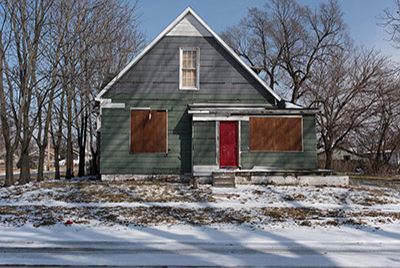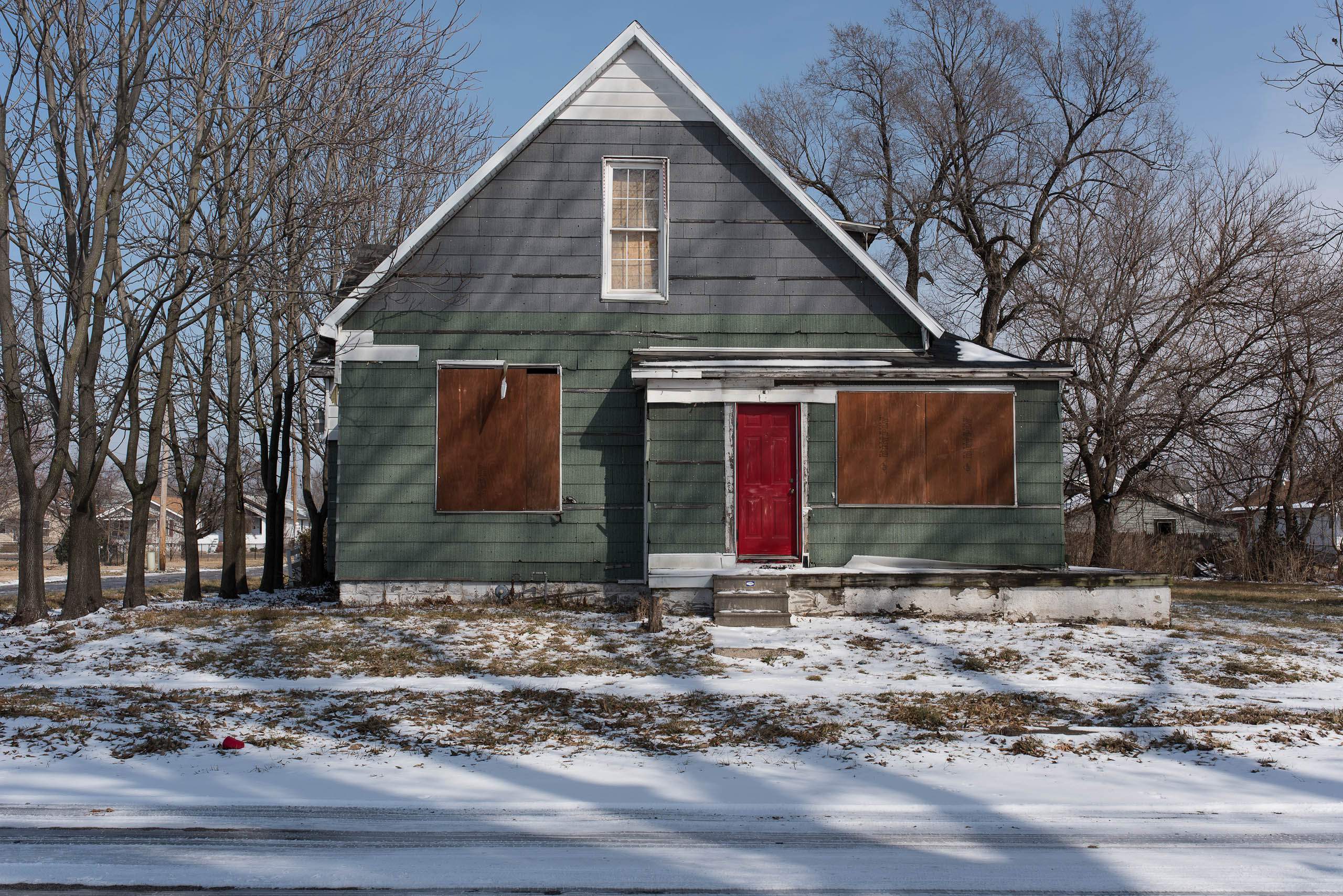



Miles Davis occupies a position enjoyed by no other musician in the St. Louis region, as so many municipalities lay claim to part of his legacy, whether through intention or neglect – from his birthplace of Alton (where a statue project was completed in 2015) to East St. Louis (his childhood home still stands, barely, at the corner of Kansas Avenue and North 17th Street). Across the river, his name and image adorns the signage and sidewalks of numerous neighborhoods, yet these cultural markers signal something far more vague, far less complicated, than the specificities of place. Miles, the musician’s 1989 autobiography written with former St. Louisan Quincy Troupe, offers some of the most vivid writing about African American life in the American Bottom in the interwar period. These early chapters underscore both the lasting, multigenerational impact of the East St. Louis Race Riots, and also reveal a kind of cross-cultural patchwork that once was visible within the city. We’d be walking on these dark country roads at night and all of a sudden this music would seem to come out of nowhere, out of them spooky-looking trees that everybody said ghosts lived in…But I think that kind of stuff stayed with me, you know what I mean? That kind of sound in music, that blues, church, back-road funk kind of thing, that southern, midwestern, rural sound and rhythm. I think it started getting into my blood on them spook-filled Arkansas back-roads after dark when the owls came out hooting. So when I started taking music lessons I might have already had some idea of what I wanted my music to sound like. Like many young African Americans at midcentury, Miles Davis would find his grandparent’s rural South in East St. Louis itself. Those same blues would be played in Rush City, where migrants from Louisiana, Mississippi, and Arkansas settled into a kind of modified rural life squeezed between East St. Louis to the north, and the ever-encroaching industrial plans of Monsanto (later, Sauget), Illinois to the south. Excerpted from: Matthew Fluharty, "Nothing's Free in This Country and There's No Place to Hide: Listening to the American Bottom"